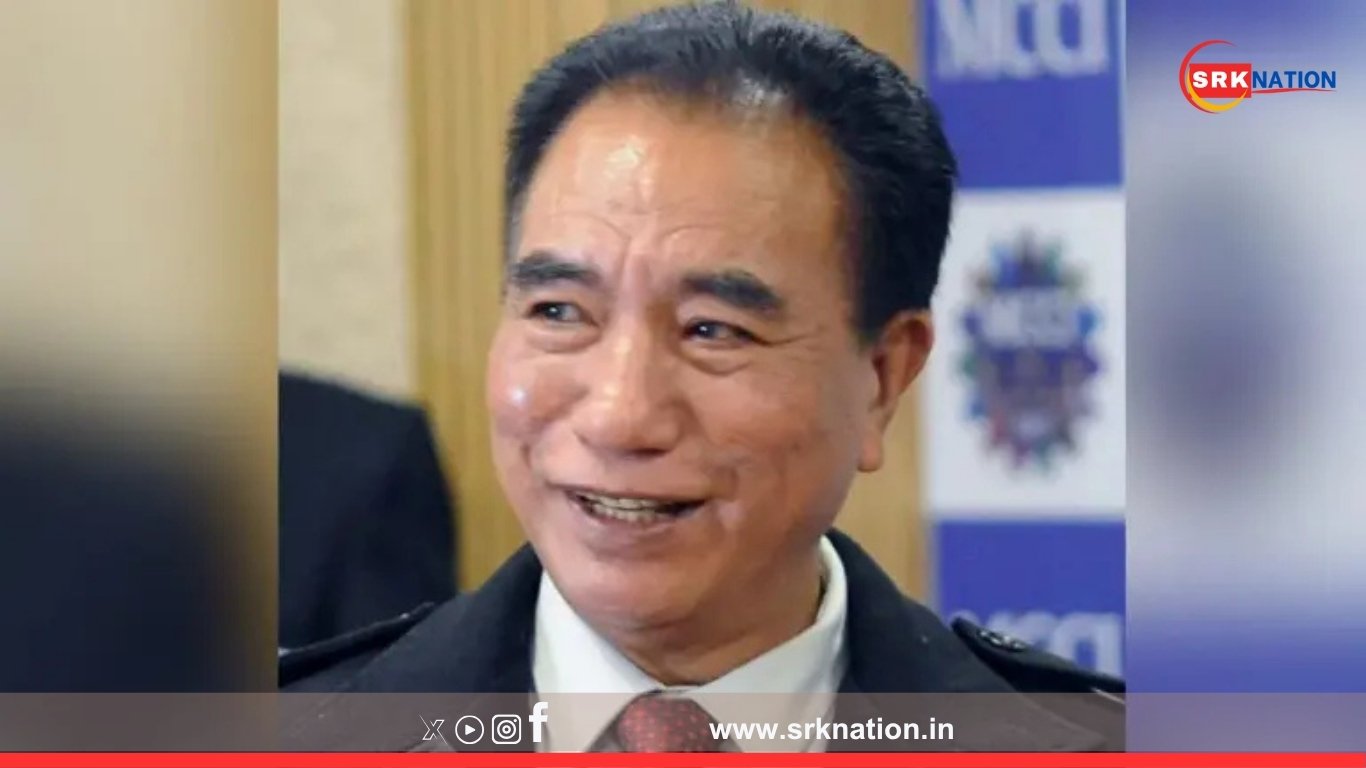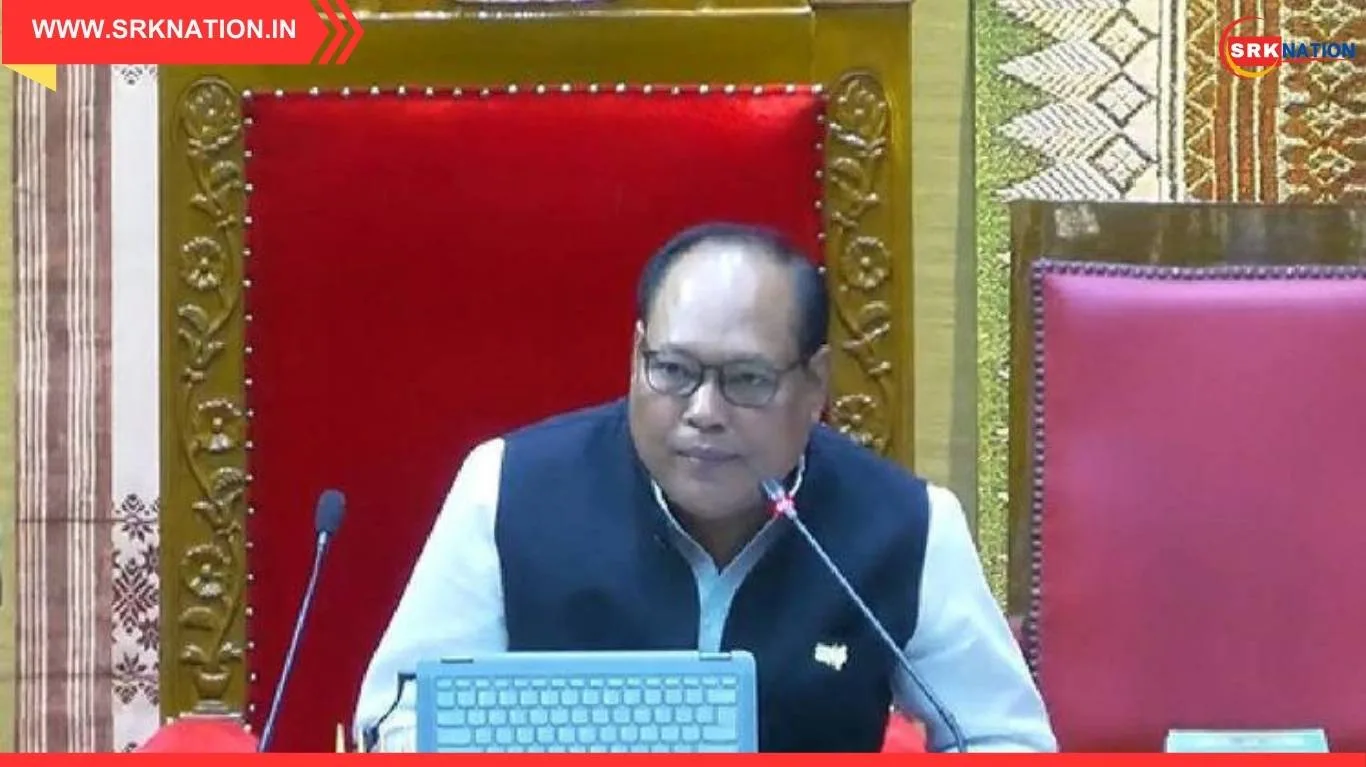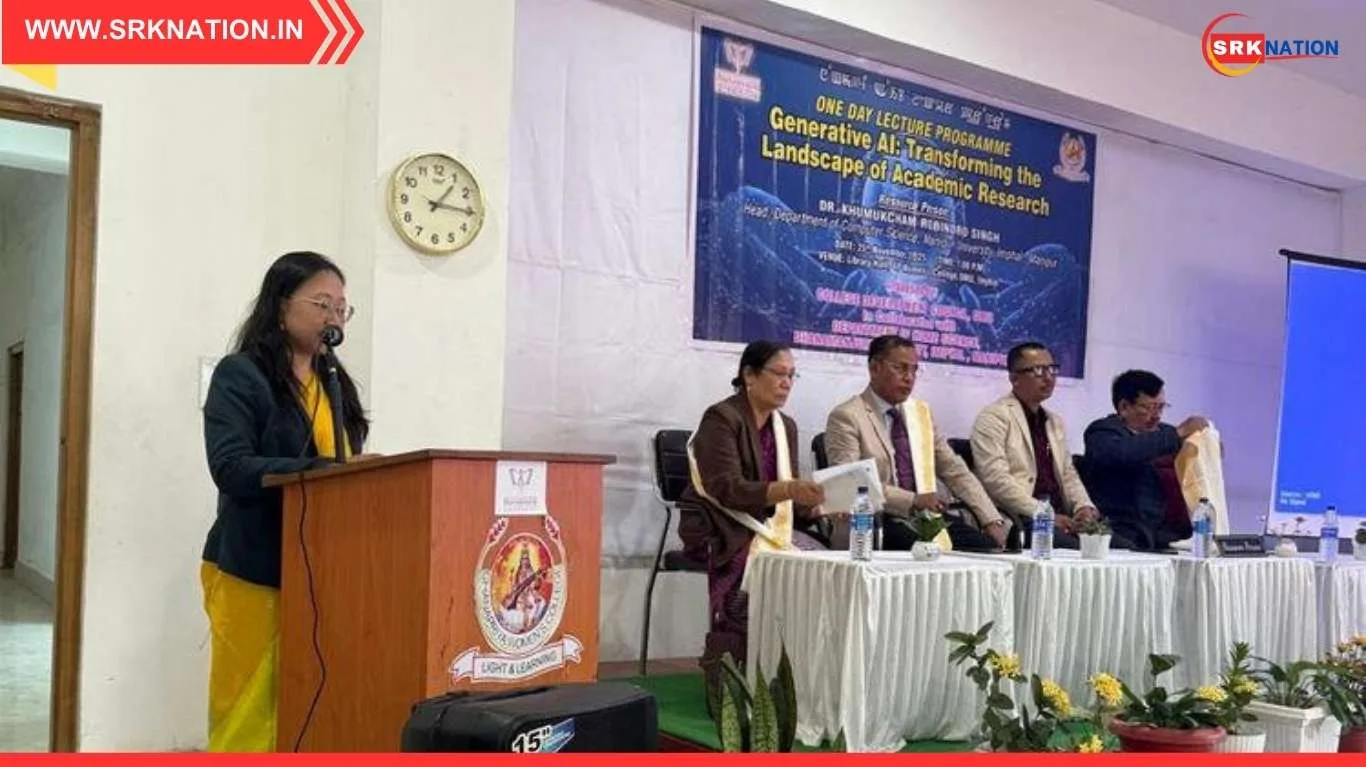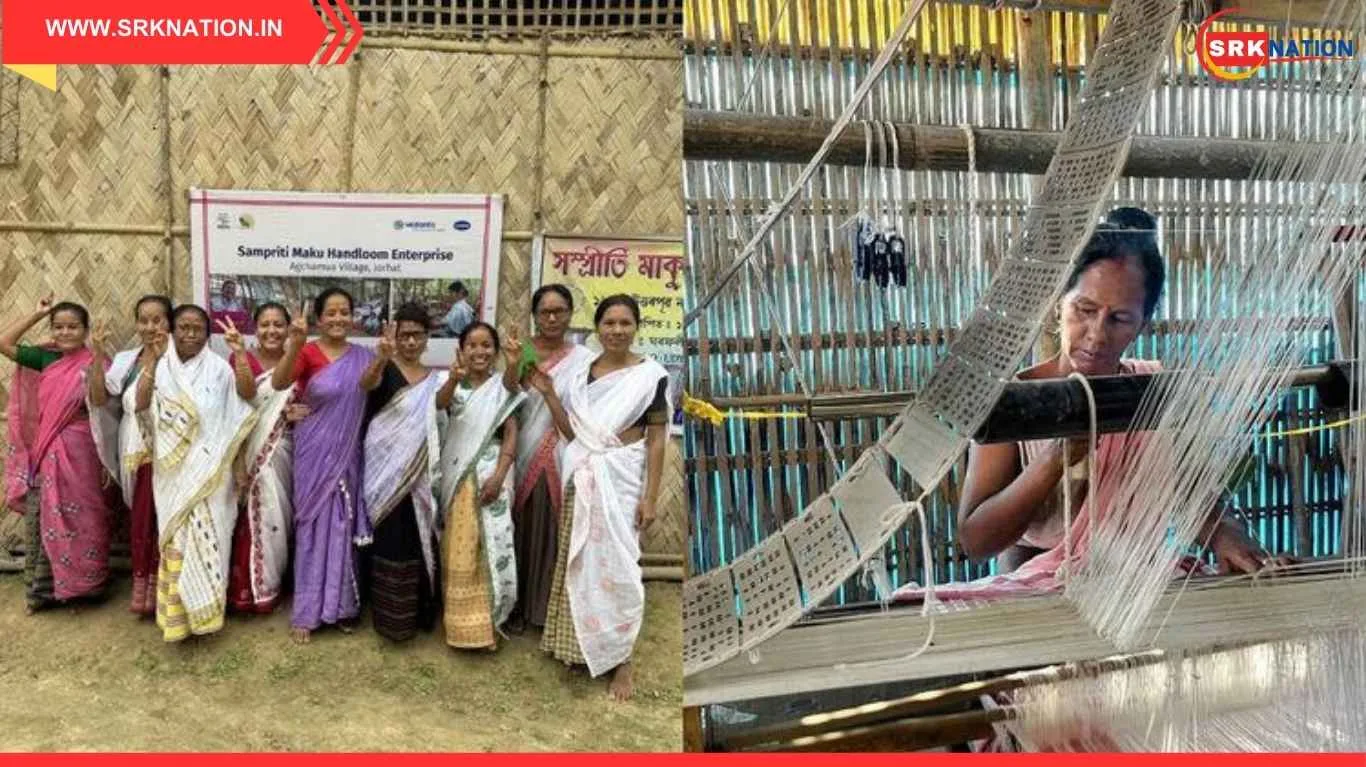The Mizoram government is set to commence biometric enrollment of Myanmar refugees sheltered across the state, in line with a central directive aimed at documenting all foreign nationals staying in India. The exercise comes as Mizoram continues to host over 35,000 Chin refugees who fled military crackdowns since the 2021 coup in Myanmar.
Background: Refugee Influx into Mizoram
Following the military takeover in Myanmar in February 2021, thousands from the Chin state, which shares close ethnic ties with Mizoram’s Mizo people, crossed over the porous hilly border to seek safety. Key facts include:
- As per state home department data, over 35,000 refugees have taken shelter in villages and relief camps across all 11 districts of Mizoram.
- Refugees include women, children, elderly, and local elected leaders from Myanmar fearing persecution under the junta regime.
- Mizoram has extended informal humanitarian support, with local communities donating food, shelter, and education access.
Why Biometric Enrollment Now?
State Home Secretary H Lalengmawia stated:
“The biometric enrollment is a directive from the Ministry of Home Affairs (MHA) to document all foreign nationals residing in India. Mizoram will begin the process in a phased and humane manner ensuring no harassment or deportation fears among refugees.”
The exercise involves:
- Fingerprinting and iris scans.
- Recording basic demographic details.
- Issuing a biometric acknowledgment slip for identification.
Central Government Directive
In March 2023, the MHA issued instructions to northeastern states bordering Myanmar to:
- Complete biometric recording of all Myanmar nationals by September 2024.
- Integrate refugee data into the National Automated Fingerprint Identification System (NAFIS) for internal security monitoring.
While Manipur began the process last year, it was stalled due to protests and displacement crises. Mizoram had deferred it citing humanitarian concerns and community sentiments.
State Government’s Humanitarian Stand
Chief Minister Lalduhoma, reiterating Mizoram’s refugee-friendly approach, said:
“Mizos have deep ethnic ties with Chin refugees. We will ensure the biometric process does not create panic. There will be no forced deportation. It is purely for identification and aid management purposes.”
He also highlighted:
- Mizoram’s Cabinet has repeatedly passed resolutions urging the Centre to provide refugee status or long-term visas to Myanmar nationals on humanitarian grounds.
- The state spends substantial resources on refugee relief despite no direct funding from the Centre, relying on community contributions and limited central relief packages.
Implementation Plan and Phased Rollout
| Phase | Timeline | Target Districts | Estimated Refugee Count |
|---|---|---|---|
| Phase 1 | July-August 2025 | Champhai, Siaha | ~15,000 |
| Phase 2 | September-October 2025 | Lawngtlai, Serchhip, Lunglei | ~10,000 |
| Phase 3 | November-December 2025 | Remaining districts including Aizawl | ~10,000 |
(Compiled from Mizoram Home Department rollout plan)
The state has set up special enrollment camps, with district collectors instructed to ensure:
- Separate queues for women, elderly, and children.
- Mizo and Burmese translators to assist refugees.
- Proper public announcements to avoid panic.
Refugee Concerns Over Biometric Enrollment
Refugee leaders have expressed mixed feelings:
- Fear of deportation: Many refugees worry that enrollment may pave the way for repatriation despite ongoing conflict in Myanmar.
- Privacy and data security: Activists demand assurances that biometric data will not be shared with the Myanmar military regime.
Pu Tialhlun, a refugee leader in Champhai, said:
“We have no problem with being documented if it ensures aid and safety, but we fear our data may be used to force us back into danger.”
Central Government’s Security Rationale
Officials say biometric enrollment is necessary to:
- Prevent illegal activities, cross-border crime, and misuse of refugee status.
- Maintain national security records amid insurgency concerns along the Indo-Myanmar border.
- Track and manage aid distribution effectively.
Legal Status: Refugees or Illegal Migrants?
India is not a signatory to the UN Refugee Convention, 1951, and treats refugee situations under the Foreigners Act, 1946. This means:
- Myanmar nationals are technically “illegal migrants” but states like Mizoram have granted them de facto refugee status.
- Deportation remains under central prerogative; however, international human rights norms discourage forced return to conflict zones.
Local Community Solidarity
Mizo civil society organisations, churches, and student unions continue to extend support:
- Young Mizo Association (YMA): Coordinates relief camps and medical care.
- Mizo Students’ Union (MSU): Provides education access to refugee children.
- Churches organise food and clothing drives regularly.
Humanitarian Agencies’ Recommendations
International humanitarian bodies working in Mizoram advise:
- Conducting enrollment with full informed consent and data privacy guarantees.
- Using biometric data only for aid management, not for forced repatriation.
- Exploring long-term legal status solutions to integrate refugees into local economies safely.
Political Reactions
- MNF (Mizo National Front) leaders urged the Centre to formalise refugee status to avoid future legal complications.
- Congress party in Mizoram demanded greater central assistance to share the humanitarian burden.
Impact on State Resources
Hosting over 35,000 refugees impacts:
| Sector | Impact |
|---|---|
| Healthcare | Increased patient load in district hospitals and PHCs |
| Education | Over 5,000 refugee children enrolled in local schools |
| Livelihoods | Many refugees working informally as daily wage labourers |
State officials reiterate that despite resource constraints, Mizoram will uphold its humanitarian tradition rooted in Mizo culture and Christian ethos.
Global Perspective
The refugee crisis has drawn attention from the UN and international rights groups. UNHCR has not been permitted to operate formally but local organisations coordinate with international aid partners for supplies and medical support.
Conclusion
As Mizoram embarks on its biometric enrollment drive for Myanmar refugees, balancing humanitarian commitment, security concerns, and legal frameworks remains its biggest challenge. Effective communication, humane implementation, and assurances against forced deportation will determine the success of this critical exercise in upholding dignity, safety, and regional stability.
Disclaimer: This article is based on official statements from Mizoram’s Home Department, refugee community leaders, and policy experts. Readers are advised to follow state notifications for district-wise enrollment schedules and documentation requirements.











